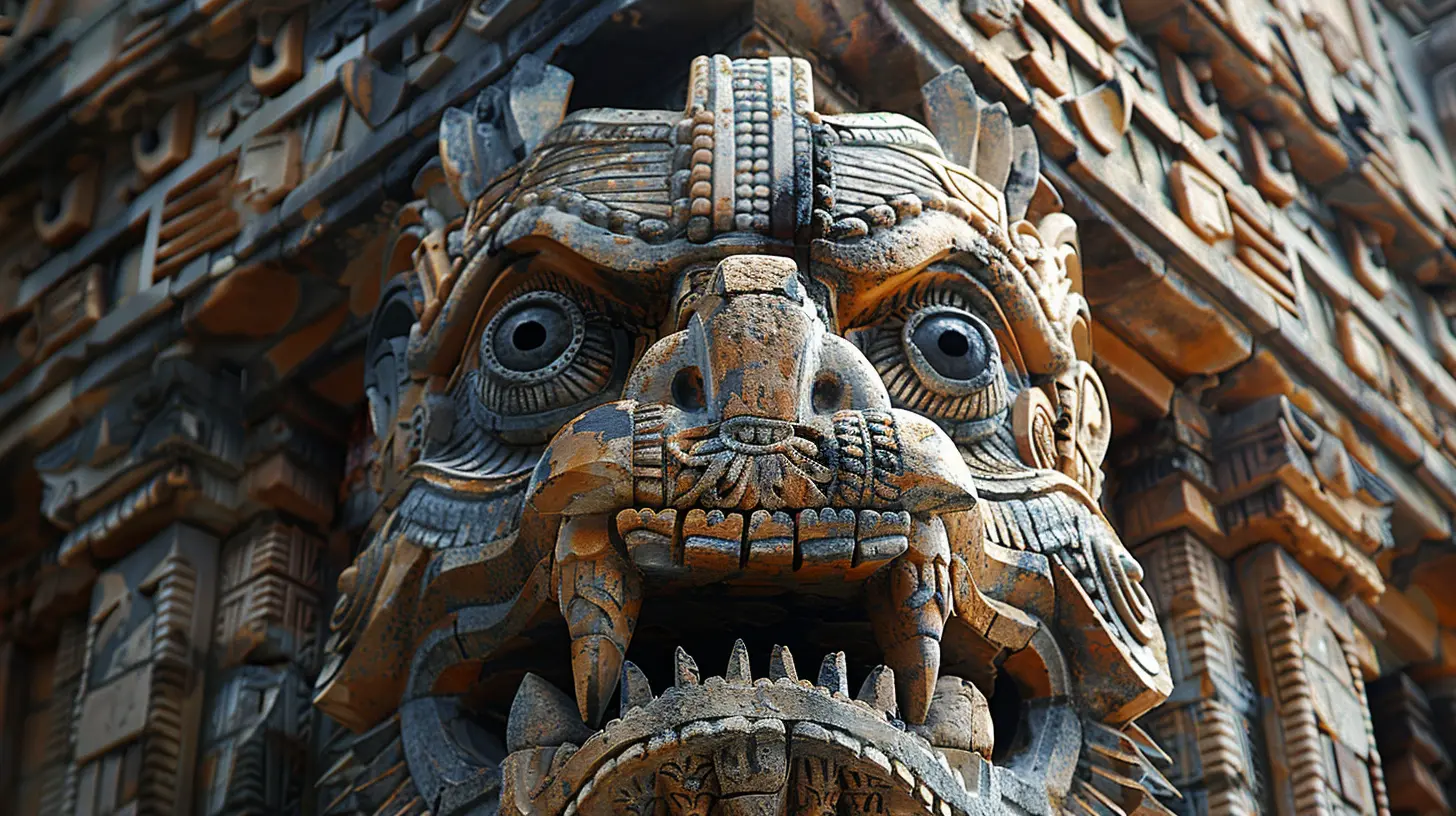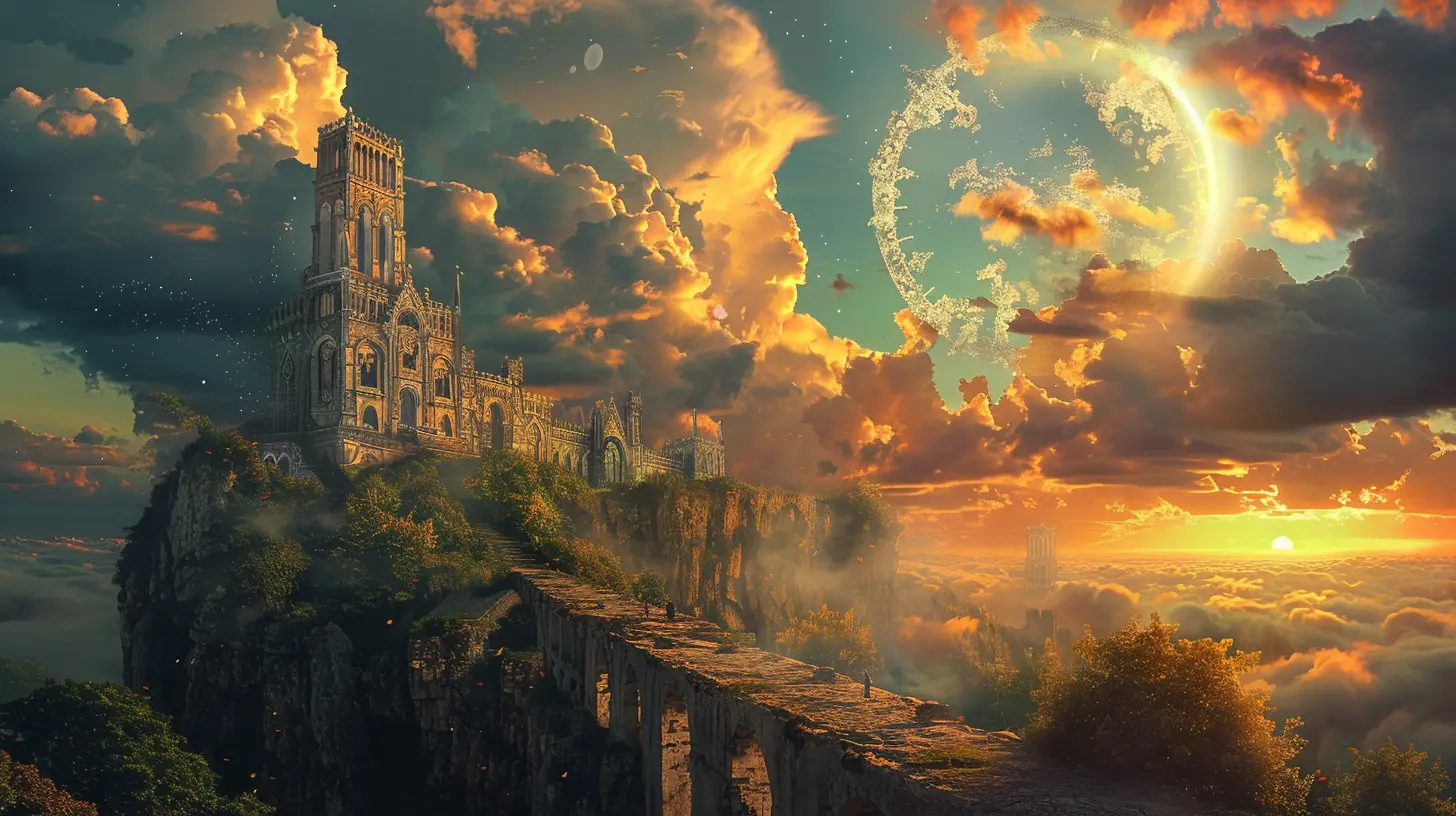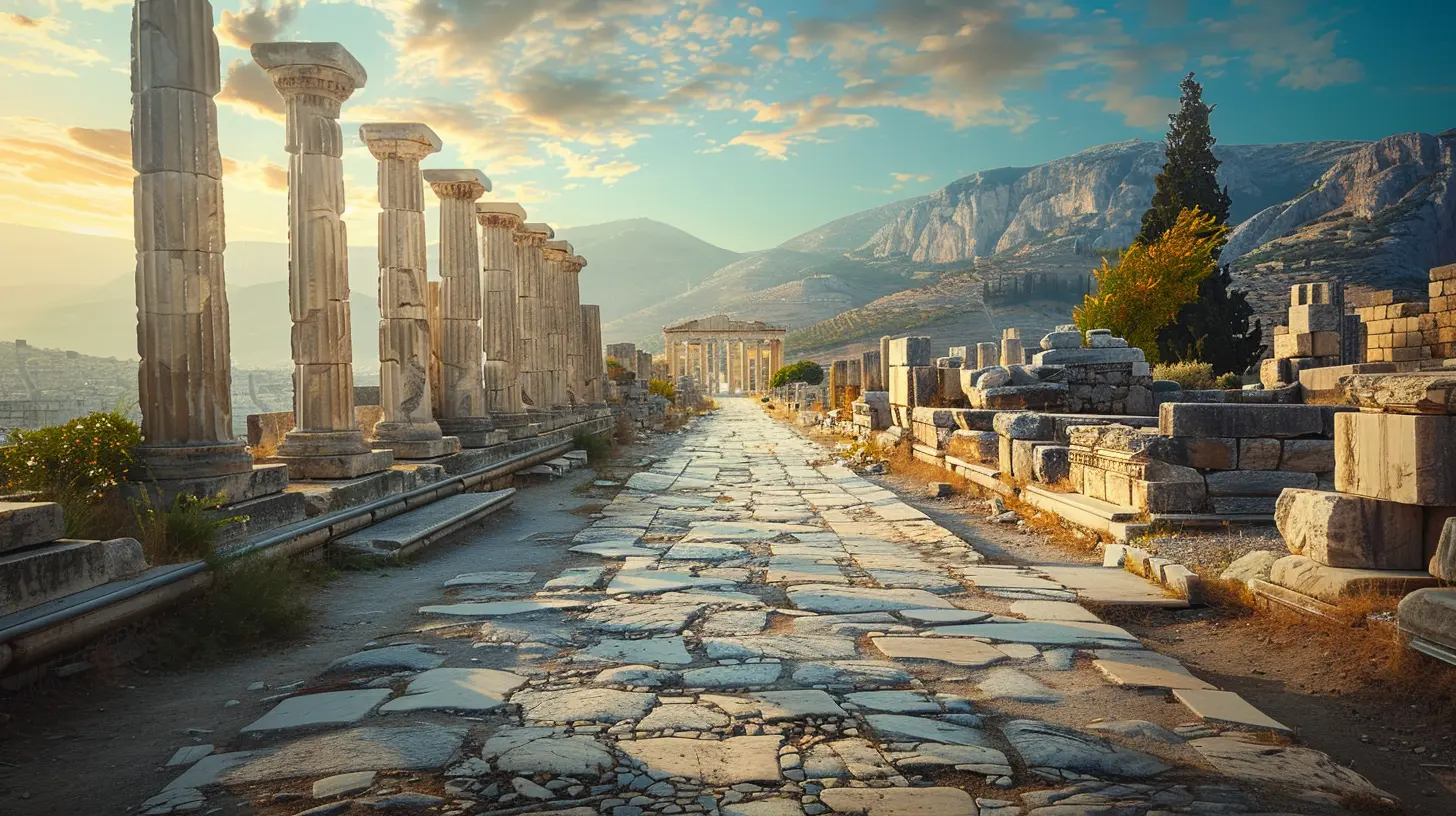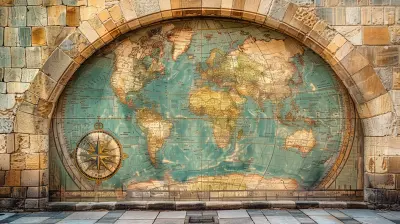A Journey Through Time: UNESCO's Cultural Masterpieces
28 August 2025
So, picture this: you’re walking through ancient alleyways where emperors once paraded, standing beneath a towering cathedral that has outlived kings, or marveling at temples where time itself seems to have paused. That’s what UNESCO’s cultural masterpieces offer—a front-row seat to humanity’s grandest stories. It’s like flipping through a living, breathing history book—but way cooler.
In this article, we’re diving deep (and I mean deep) into the heart of these cultural wonders. We'll uncover what makes them special, why they matter, and how they connect us across countries, centuries, and civilizations. Buckle up, world traveler—this journey through time is about to get epic.
What are UNESCO World Heritage Sites Anyway?
Let’s start with the basics. UNESCO, or the United Nations Educational, Scientific and Cultural Organization (yes, it’s a mouthful), has been selecting sites across the globe since 1972 that are considered “of outstanding value to humanity.”But here’s the twist: not all listed sites are natural wonders like mountains or coral reefs. Some are cultural treasures—monuments, cities, buildings, and even landscapes crafted and shaped by people that embody human genius, spirit, and legacy.
So when we say “UNESCO’s cultural masterpieces,” we’re talking about manmade marvels that tell stories of who we are, where we’ve come from, and what we’ve achieved together.
The Soul of Civilization: Why Cultural Heritage Matters
Let me ask you—have you ever felt goosebumps walking through ruins or gazing at ancient art? That’s no accident. Cultural heritage hits us right in the feels because it connects us to something bigger than ourselves. These places represent memory, identity, and creativity. They're the bridge between yesterday and today.These masterpieces aren’t just pretty to look at. They inspire us, teach us, and sometimes even warn us. Think of them as the collective diary of civilization—scrawled not in ink, but in stone, wood, and story.
Around the World in Timeless Moments: 10 Iconic Cultural Masterpieces
Let’s pack our virtual bags and take a whirlwind tour of some of UNESCO’s most jaw-dropping cultural sites. Each one is like a living time capsule.1. The Great Wall of China (China)
You’ve seen it in movies, maybe even dreamed of walking along its winding path. Stretching over 21,000 km, the Great Wall isn’t just a wall—it’s a symbol of ancient power, perseverance, and innovation. Built over centuries to fend off invaders, it now welcomes millions of visitors who marvel at its endurance.2. Machu Picchu (Peru)
Hidden high in the Andes, it’s like discovering Atlantis—but real. The Incan citadel of Machu Picchu combines breathtaking nature with precision-engineered stonework, showcasing the genius of a civilization that once ruled the highlands.3. The Historic Centre of Rome (Italy)
Walking through Rome is like binge-watching centuries of history. From the Colosseum where gladiators fought to the Pantheon that still stands tall, the city reminds us that past and present can (and do) coexist. It's a crash course in art, empire, and espresso.4. Angkor Wat (Cambodia)
Massive, majestic, and mysterious. Angkor Wat is the world’s largest religious monument, built in the 12th century and surrounded by jungle. It’s a temple complex devoted to the gods, but also a testament to Khmer architecture and cosmic imagination.5. Petra (Jordan)
Think of Petra as a desert rose carved in stone. This once-thriving trade center was literally etched into pink sandstone cliffs. Walking through its narrow canyon, the Siq, to the Treasury feels like stepping into an ancient tale that never quite ends.6. The Alhambra (Spain)
Perched on a hill in Granada, the Alhambra is elegance in architecture. With its intricate Arabic calligraphy, tiled halls, and flowing fountains, it’s a poetic blend of Islamic art and medieval Andalusian dreams.7. The Pyramids of Giza (Egypt)
Let’s get real—if these don’t make your jaw drop, nothing will. These massive monuments are more than royal tombs; they're puzzles of engineering and power, still baffling scientists today. And yes, they do look surreal in person.8. Lalibela Rock-Hewn Churches (Ethiopia)
Carved straight into rock cliffs in the 12th century, these underground churches are spiritual fortresses. Still active places of worship today, they show how faith can literally move mountains—or dig into them.9. The Old City of Jerusalem (Israel)
Jerusalem isn’t just a city. It’s a crossroads of history, faith, and politics. Walk its cobbled streets, and you’ll pass sites sacred to Christians, Jews, and Muslims—proof that one place can hold many truths.10. Historic Kyoto (Japan)
Tucked between modern skyscrapers and busy streets lies the timeless beauty of Kyoto. With over 1,600 Buddhist temples, serene gardens, and centuries-old tea houses, it’s the soul of traditional Japan still beating strong.
How These Sites Shaped Human Identity
Here’s a wild thought: without these cultural places, we might not know who we are. They shaped languages, religions, governance, and even the way we dress or eat. They’re not remote relics—they’re the roots of our modern way of life.For instance, democracy? Thank the ancient Greeks and visit the Acropolis. Calligraphy? Go marvel at Islamic art in Morocco’s medinas. Architecture? See the Gothic cathedrals that redefined the limits of stone.
These places aren’t frozen in time. They influence movies, fashion, tech, and even social justice movements. The past doesn’t just sit quietly—it echoes.
The Threats: What's Putting Our Cultural Heritage at Risk?
Let’s not sugar-coat it—these masterpieces are under threat. War, climate change, pollution, urban sprawl, and even heavy tourism can wear them down.Remember Palmyra in Syria? Bombed. Notre-Dame in Paris? Almost lost to fire. Climate change? It's eroding ancient carvings and flooding historic towns.
Preserving these sites isn’t just about nostalgia—it’s about keeping our shared story alive. Otherwise, it’s like tearing pages out of humanity’s diary.
UNESCO’s Role: The Guardians of Global Memory
UNESCO doesn’t just hand out titles and celebrate. They monitor, fund, advise, and sometimes even step in with emergency help. They push governments to protect sites and educate locals about their value.Their work is like being the world’s cultural lifeguard—constantly on alert, always ready to dive in and save what matters most.
What You Can Do: Be a Heritage Hero
And here's the kicker—you don’t have to be a historian or archaeologist to help.- Travel responsibly: Stick to paths, avoid touching delicate structures, and respect local customs.
- Support local communities: Buy local crafts, eat in family-run restaurants, and use local guides.
- Raise awareness: Share what you learn. Post about these sites. Talk about their importance.
- Stay informed: Follow organizations that protect cultural heritage and consider donating.
Think of yourself as a modern-day time traveler. Every visit, every post, every dollar spent the right way helps keep these masterpieces standing.
A Time Machine in Disguise: Why Cultural Sites Are Priceless
So why do these places captivate us so deeply? Because they’re more than stones and stories. They’re soul-touching reminders that we’ve always been dreamers, builders, and storytellers.Visiting a UNESCO cultural site is like pressing pause on your everyday life and stepping into a timeline that’s far bigger than you. It’s humbling, it’s awe-inspiring, and if you’re lucky—it’ll even change you a little.
These masterpieces connect us not just to history, but to each other. They show that no matter where or when we’re from, we all leave our mark in the sands of time.
Final Thoughts
Whether you're gazing up at the Taj Mahal at sunrise or listening to the whispers of history inside the Forbidden City, UNESCO’s cultural masterpieces are more than travel hotspots—they’re reminders of what humanity can create, endure, and pass on.The journey through time isn’t one you can finish in a day or even a lifetime. But wow, what a journey to be on.
all images in this post were generated using AI tools
Category:
Unesco SitesAuthor:

Ian Powell
Discussion
rate this article
1 comments
Thornewood Adams
This article beautifully showcases the richness of our world's heritage. Grateful for the inspiration to explore!
August 29, 2025 at 3:36 AM

Ian Powell
Thank you! I'm glad you found it inspiring. Happy exploring!


